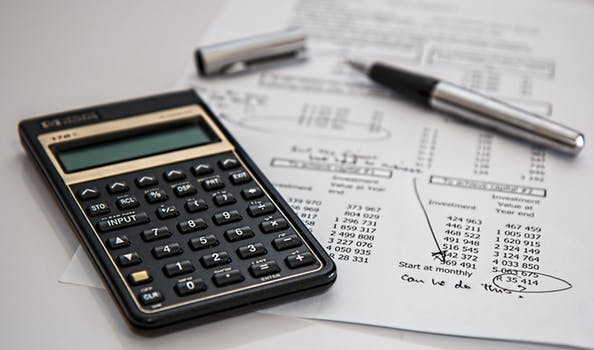
Congress passed the Tax Cuts and Jobs Act in December 2017, which included changes to the tax depreciation (bonus depreciation) and Section 179 expensing rules for certain business assets. Bonus depreciation and Section 179 expensing are tax incentives that allow businesses to immediately deduct the purchase price of eligible business assets. These types of incentives are offered either as an additional incentive or as a measure of relief for small- to medium-sized businesses when purchasing equipment.
The act allows a business owner to deduct in the current year the total cost of new or used personal property used in business by increasing bonus depreciation to 100 percent. This amount remains in effect until Jan. 1, 2023. In later years, the bonus depreciation deduction amount goes down as follows:
- 80 percent for property placed in service after Dec. 31, 2022 and before Jan. 1, 2024.
- 60 percent for property placed in service after Dec. 31, 2023 and before Jan. 1, 2025.
- 40 percent for property placed in service after Dec. 31, 2024 and before Jan.1, 2026.
- 20 percent for property placed in service after Dec. 31, 2025 and before Jan. 1, 2027.
The act also allows a business owner to deduct in the current year the total cost of new personal property up to $1 million under Section 179 expensing. There are, however, limitations on the total assets purchased and taxable income of the business owner when utilizing the Section 179 expensing.
Either of these measures may allow companies to claim higher tax deductions, thus lowering their current year tax liability, although over time a company theoretically pays the same amount of tax. Due to the complex rules and potential limitations on bonus depreciation and Section 179 expensing, please consult with your tax advisor to determine if they can benefit you.